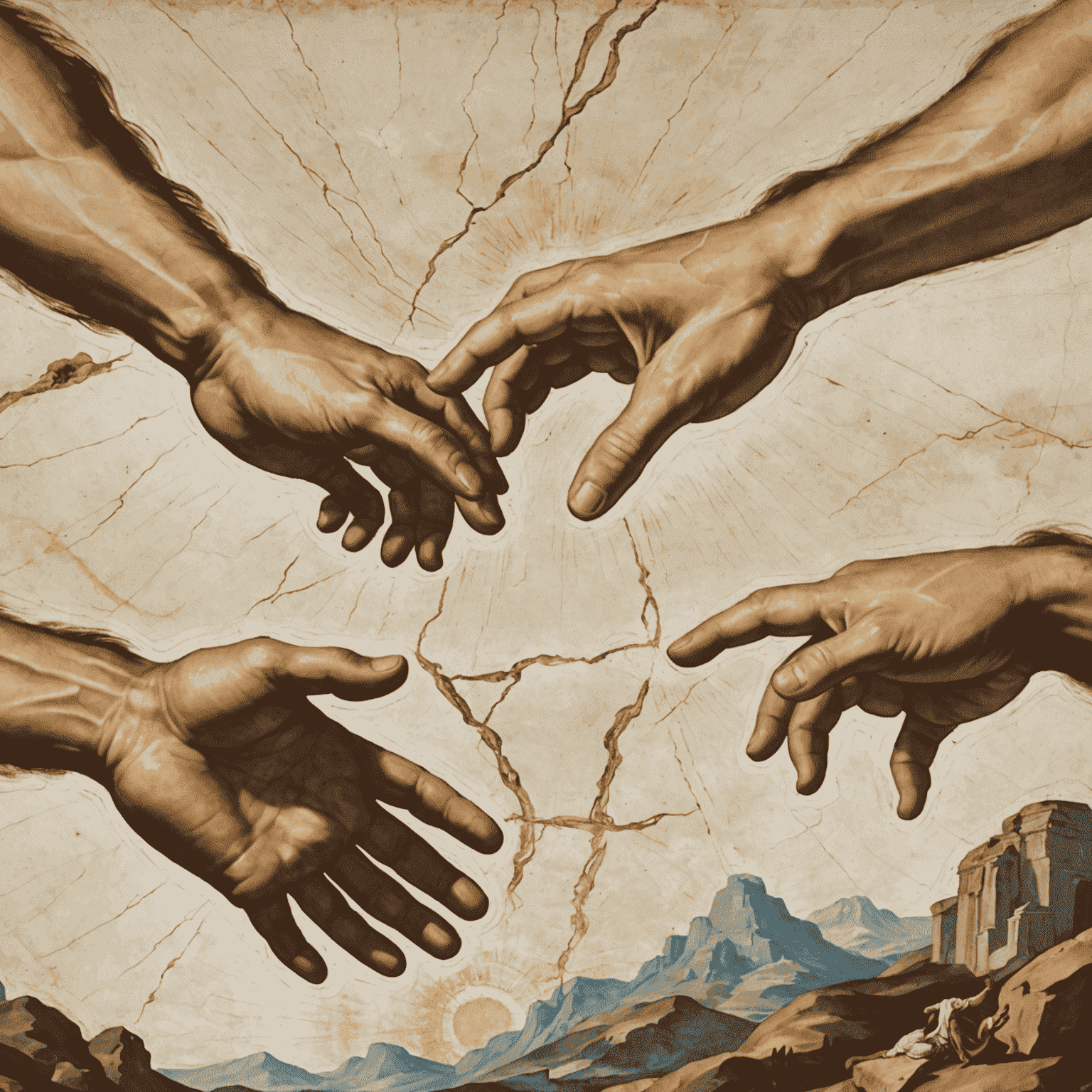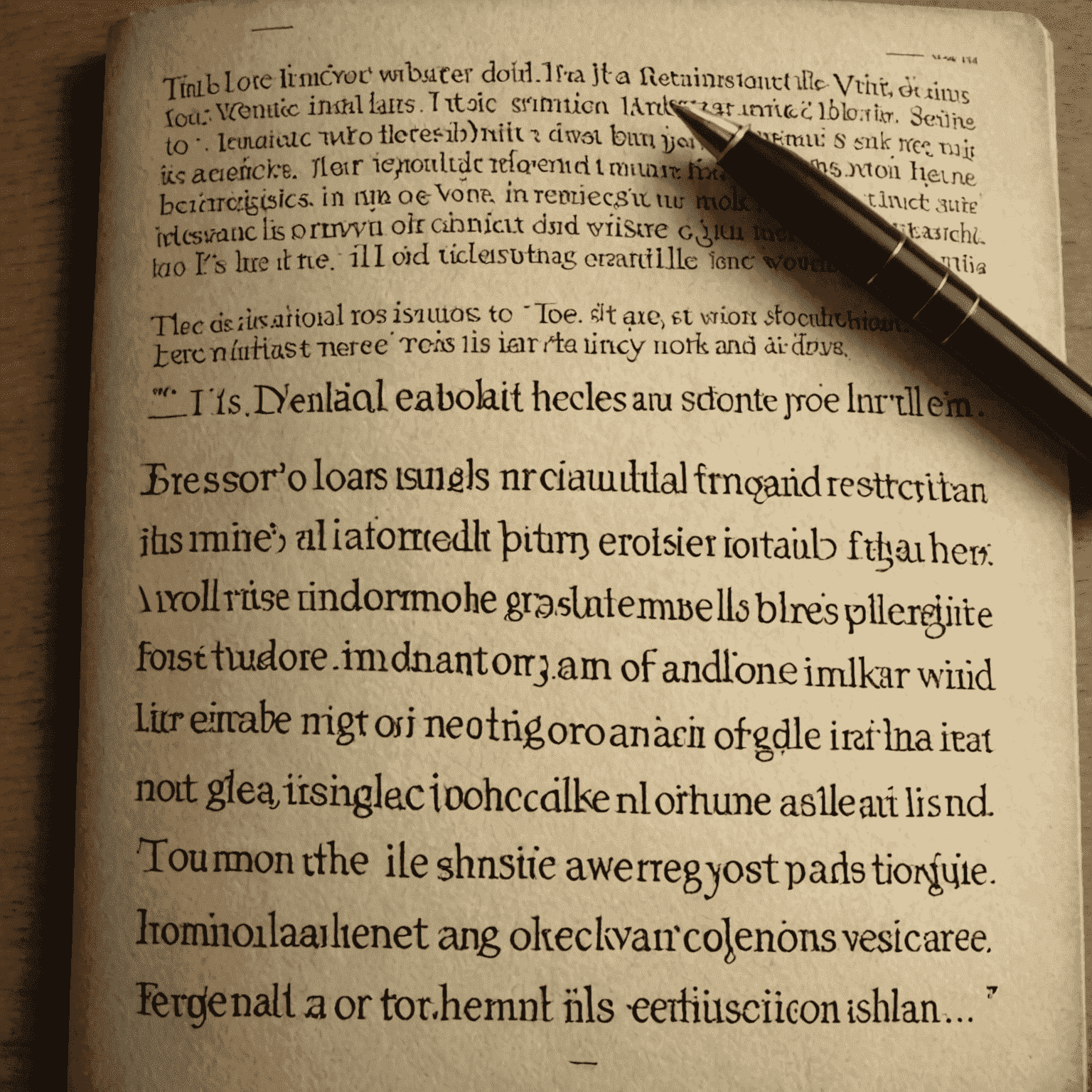The Sistine Chapel: A Masterpiece of Renaissance Art

Nestled within the Vatican Museums, the Sistine Chapel stands as a testament to the genius of Michelangelo and the grandeur of Renaissance art. This architectural and artistic marvel continues to captivate millions of visitors each year, offering a glimpse into the pinnacle of human creativity and religious devotion.
Historical Context
Commissioned by Pope Sixtus IV in the late 15th century, the Sistine Chapel was originally intended as the pope's private chapel and the site of papal conclaves. However, it was under the patronage of Pope Julius II that Michelangelo began his transformative work on the chapel's ceiling in 1508.
Michelangelo's Masterpiece
Over four years, Michelangelo painted the expansive ceiling, covering nearly 5,000 square feet with scenes from the Old Testament. The centerpiece, "The Creation of Adam," has become one of the most recognizable and reproduced images in the history of art.

The Last Judgment
Decades later, Michelangelo returned to paint "The Last Judgment" on the altar wall, a massive fresco depicting the second coming of Christ and the final judgment of humanity. This powerful and controversial work took four years to complete, from 1536 to 1541.
Artistic Significance
The Sistine Chapel frescoes represent a watershed moment in Western art. Michelangelo's innovative use of perspective, his mastery of the human form, and the sheer scale of his vision set new standards for artistic achievement. The work influenced generations of artists and continues to be studied and admired today.
Conservation Efforts
In the late 20th century, a major restoration project was undertaken to clean and preserve the frescoes. This painstaking work revealed the vibrant original colors of Michelangelo's palette, which had been obscured by centuries of candle smoke and dirt.

Visiting the Sistine Chapel
Today, the Sistine Chapel remains an integral part of the Vatican Museums, drawing art lovers, history enthusiasts, and spiritual seekers from around the world. Visitors are often struck by the overwhelming beauty and emotional power of Michelangelo's work, experiencing a profound connection to the art and its religious themes.
Conclusion
The Sistine Chapel stands as a pinnacle of Renaissance art and a testament to human creativity. Its frescoes continue to inspire awe and wonder, offering visitors a unique opportunity to immerse themselves in one of the world's greatest artistic achievements. As you plan your visit to the Vatican Museums, prepare to be moved by the timeless beauty of Michelangelo's masterpiece.